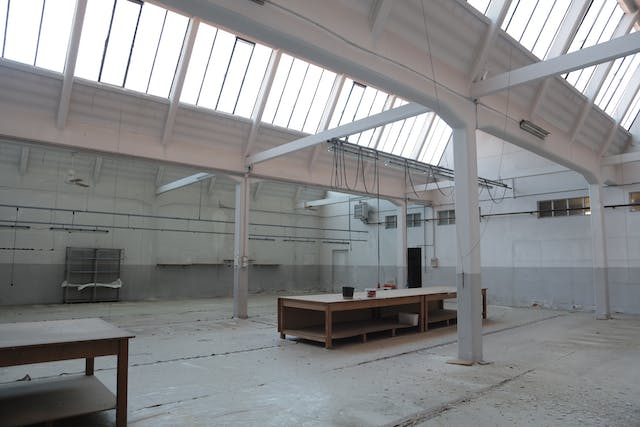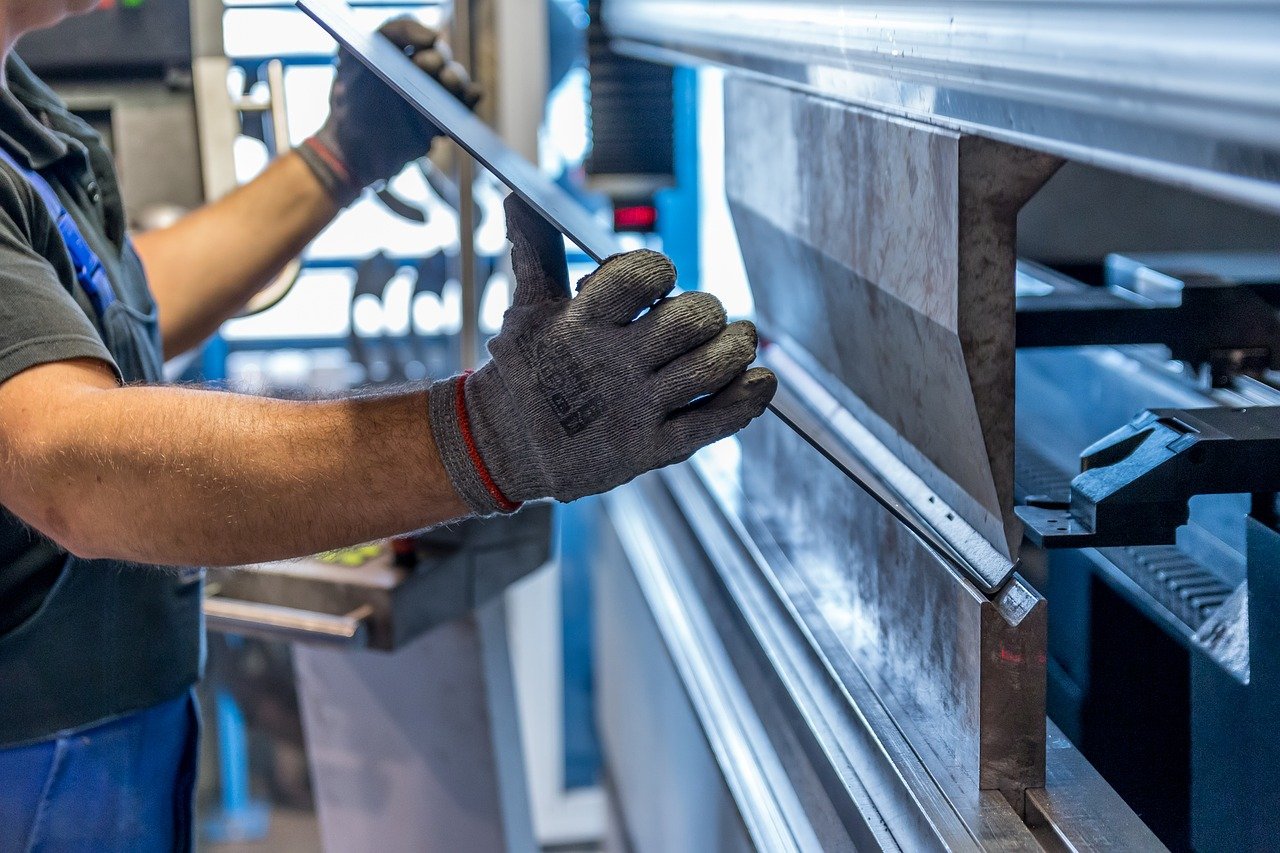An actuator is defined as a device that converts energy into motion. Its source of power is typically electric current, hydraulic fluid pressure, or pneumatic pressure, and converts that energy into motion. A linear actuator converts rotational motion into linear motion, contrary to the circular motion of a conventional electric motor. That makes it easy to adjust, tilt, lift, push and pull heavy weights simply by pressing a button. Linear actuators are used in places where linear motion is required, like in machine tools and industrial machinery, disk drives of computers, printers, and in valves and dampers. Linear electric actuators are equipped with a potentiometer, and they act as a feedback actuator.
There are several kinds of linear actuators. They include mechanical linear actuators, pneumatic actuators, and electric linear actuators. Electric linear actuators are the most preferred choice due to their many advantages. Some of the benefits include:
- It is easy to route electrical current through actuators because the cabling used is easier and less costly.
- They are energy efficient.
- It is easy to control the power source.
- They can be reprogrammed or configured to handle many applications.
- They provide accurate control of acceleration, speed, position, and torque.
Due to these many advantages, electric linear actuators are the most widely used form of linear motion control system. They have four primary uses that define their potential application. Electric actuators are the solution to repeatedly moving loads from one location to another in steady and continuous manner. Sometimes repeated linear movement requires harmonization of several axes to facilitate coordinated moves. Electric linear actuators are the best in repeated motions that are continuous and consistent. They are also the best in coordinating several different motions simultaneously.
Electric linear actuators are used in adaptable movements or movements that change frequently. They are used in synchronizing the load, positions, or the nature of the motion with other machine operations. Electric linear actuators are used to control precision movements, some with accuracy that are beyond normal human capabilities without exhibiting human errors. You can control the position of extreme levels of precision, and duplicate and repeat precise movements within the full stroke by electric linear actuators. You can also reprogram or reconfigure precise motions to support numerous applications.
Electric linear actuators are also used in controlled acceleration movements. It is possible for one to control the rate of acceleration. This is because it is possible to control precise position, speed, and torque. Hence, you can make the actuator accelerate or decelerate as fast and as frequently as you need.
Modern offices are now embracing the use of linear motion technologies to ensure there are proper designs that result in a working environment conducive to happy employees. This is because actuators provide accurate motion control. They also provide a safe, quiet, and clean movement within the office. They use energy efficiently and have little maintenance with a long lifetime. Actuators have the ability to adapt to a particular need, and this provides solutions that are well-functioning and which are applied in many different aspects for a wide range of applications and products.
Guest Post: Submitted by Adam Smith






